ON STAGE
All the Art World’s a Stage
15 Mar 2023 - 07 Jan 2024
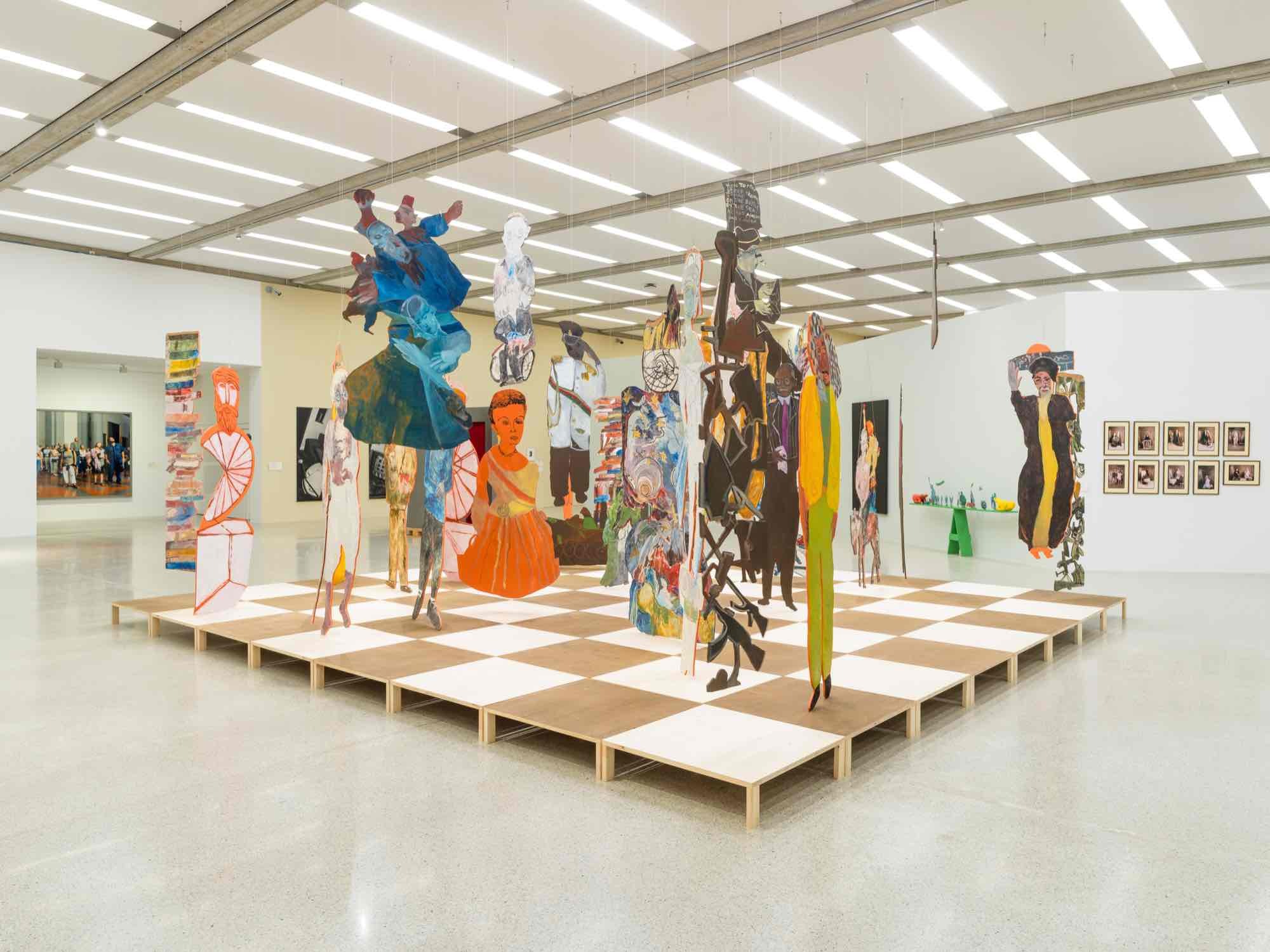
Exhibition view
ON STAGE - All the Art World's a Stage
March 15, 2023 to January 14, 2024
mumok - Museum moderner Kunst Stiftung Ludwig Wien
Photo: Klaus Pichler, © mumok
ON STAGE - All the Art World's a Stage
March 15, 2023 to January 14, 2024
mumok - Museum moderner Kunst Stiftung Ludwig Wien
Photo: Klaus Pichler, © mumok
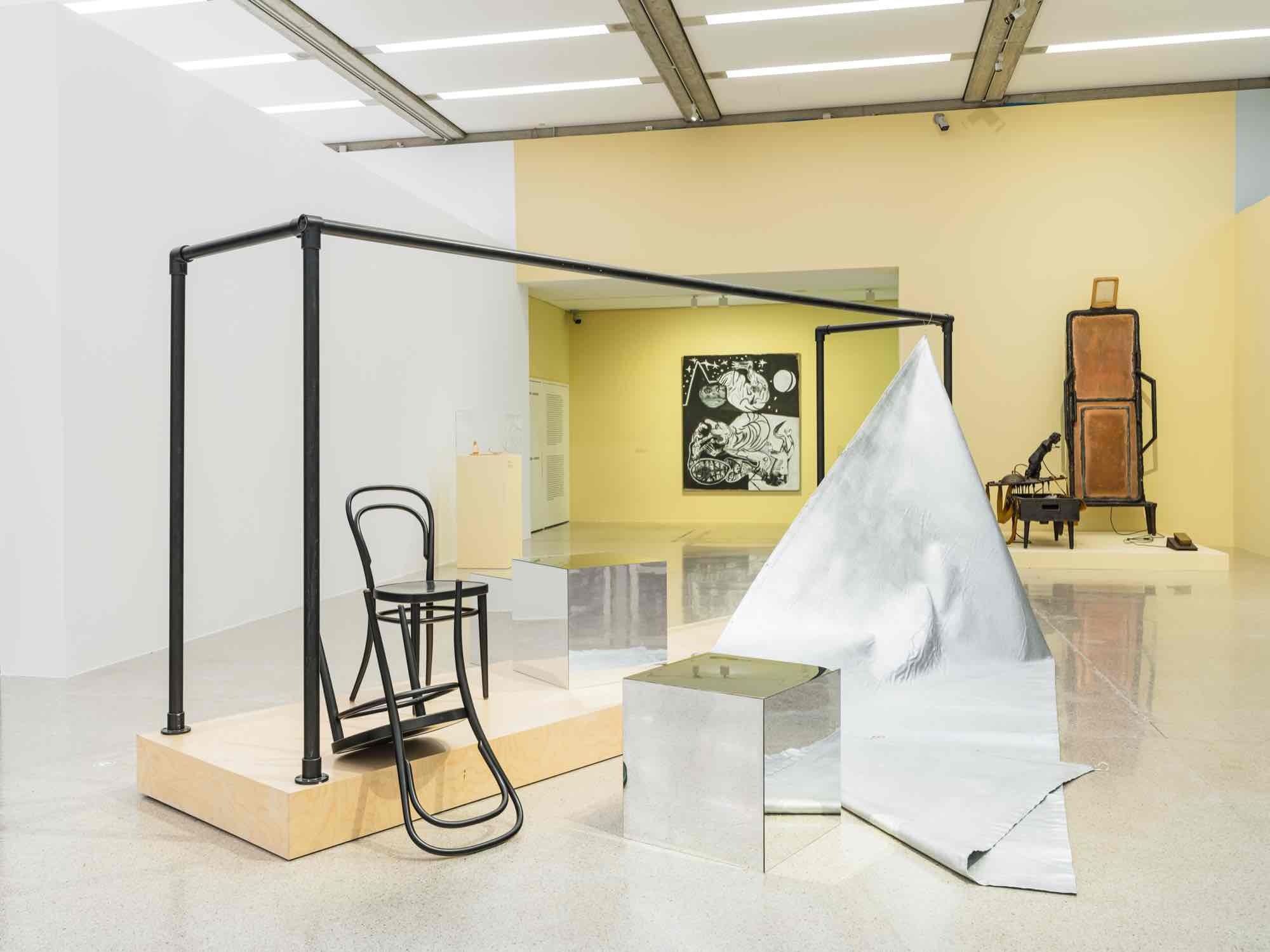
Exhibition view
ON STAGE - All the Art World's a Stage
March 15, 2023 to January 14, 2024
mumok - Museum moderner Kunst Stiftung Ludwig Wien
Photo: Klaus Pichler, © mumok
ON STAGE - All the Art World's a Stage
March 15, 2023 to January 14, 2024
mumok - Museum moderner Kunst Stiftung Ludwig Wien
Photo: Klaus Pichler, © mumok

Exhibition view
ON STAGE - All the Art World's a Stage
March 15, 2023 to January 14, 2024
mumok - Museum moderner Kunst Stiftung Ludwig Wien
Photo: Klaus Pichler, © mumok
ON STAGE - All the Art World's a Stage
March 15, 2023 to January 14, 2024
mumok - Museum moderner Kunst Stiftung Ludwig Wien
Photo: Klaus Pichler, © mumok
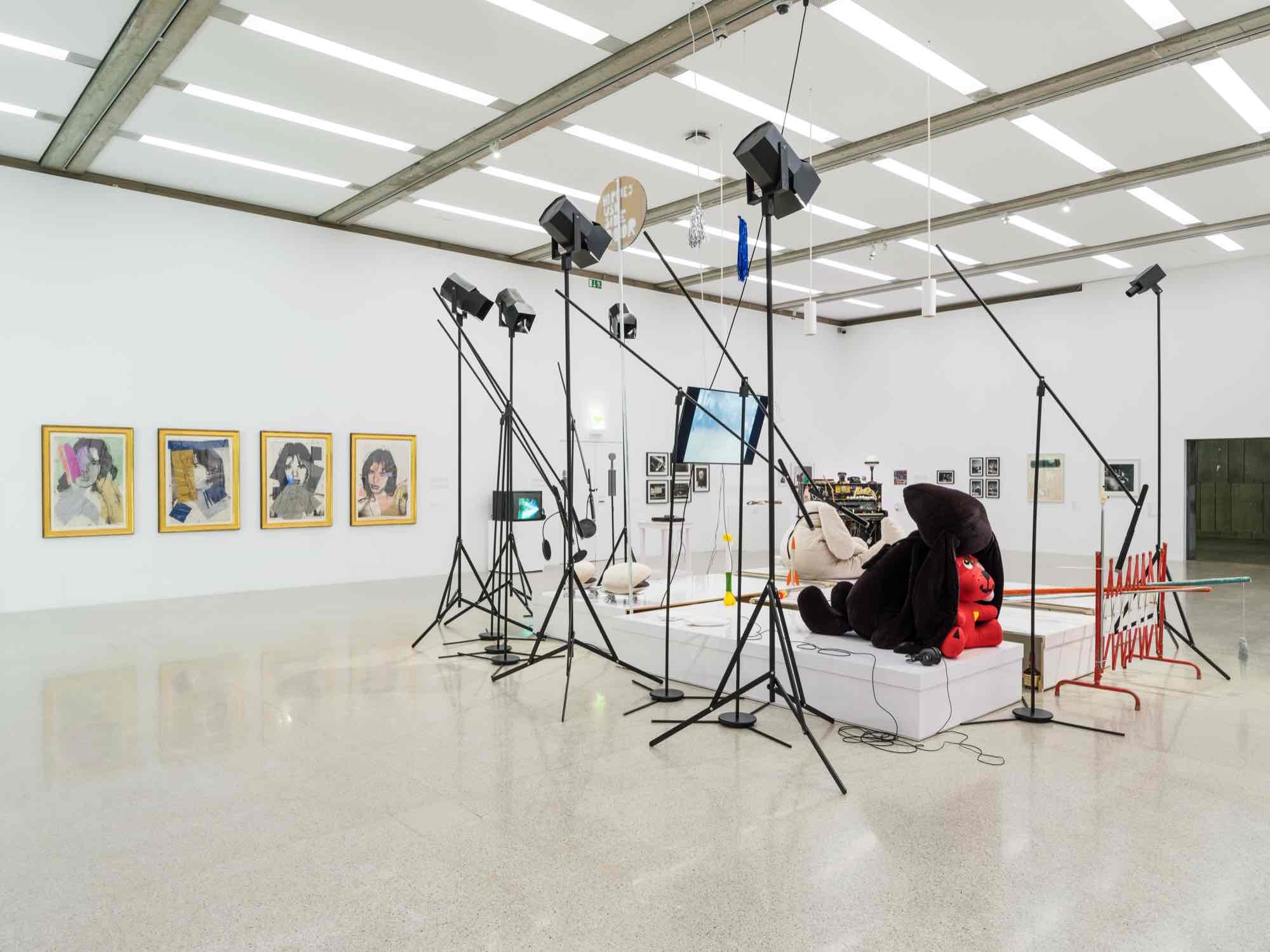
Exhibition view
ON STAGE - All the Art World's a Stage
March 15, 2023 to January 14, 2024
mumok - Museum moderner Kunst Stiftung Ludwig Wien
Photo: Klaus Pichler, © mumok
ON STAGE - All the Art World's a Stage
March 15, 2023 to January 14, 2024
mumok - Museum moderner Kunst Stiftung Ludwig Wien
Photo: Klaus Pichler, © mumok

Exhibition view
ON STAGE - All the Art World's a Stage
March 15, 2023 to January 14, 2024
mumok - Museum moderner Kunst Stiftung Ludwig Wien
Photo: Klaus Pichler, © mumok
ON STAGE - All the Art World's a Stage
March 15, 2023 to January 14, 2024
mumok - Museum moderner Kunst Stiftung Ludwig Wien
Photo: Klaus Pichler, © mumok
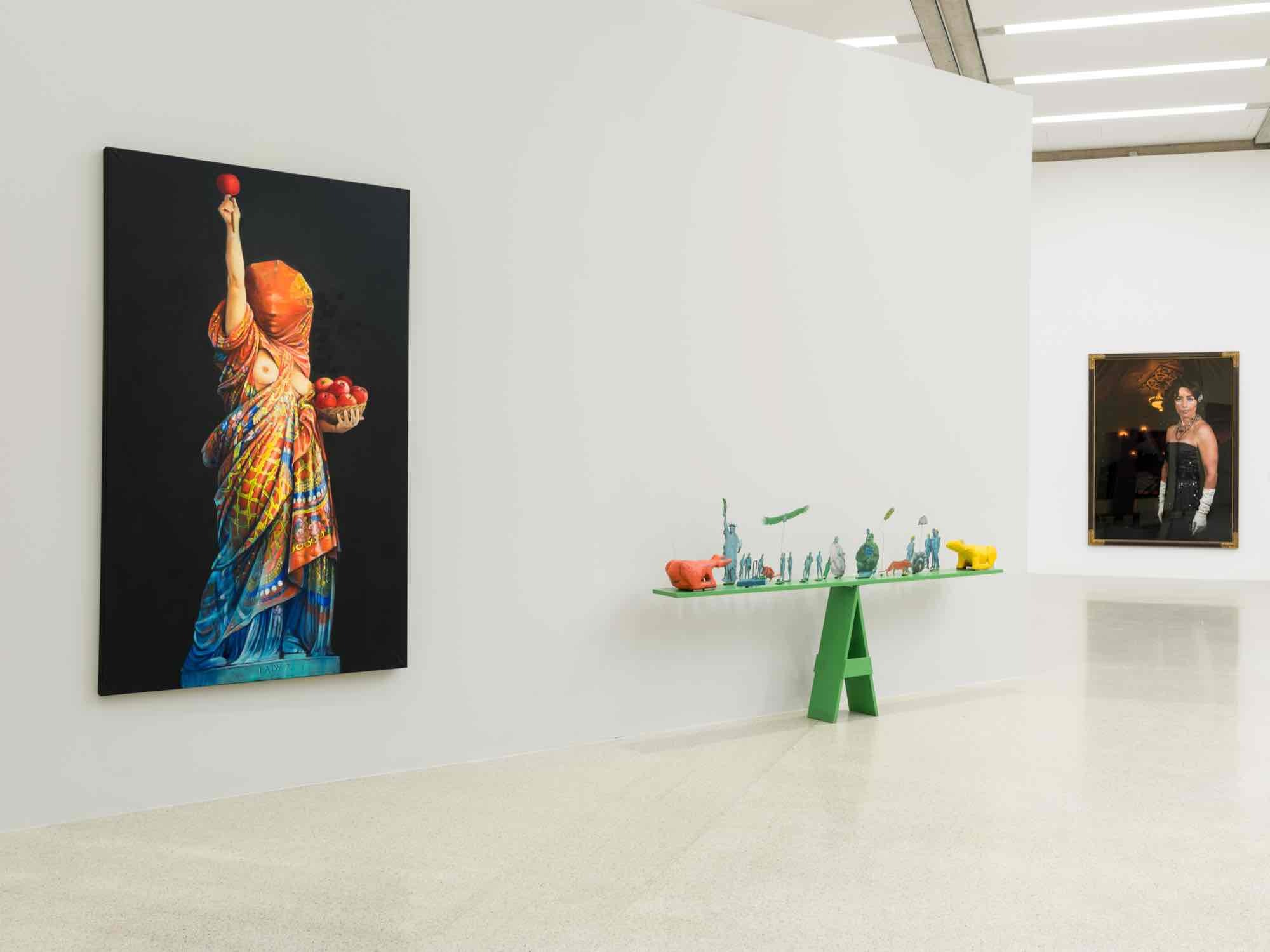
Exhibition view
ON STAGE - All the Art World's a Stage
March 15, 2023 to January 14, 2024
mumok - Museum moderner Kunst Stiftung Ludwig Wien
Photo: Klaus Pichler, © mumok
ON STAGE - All the Art World's a Stage
March 15, 2023 to January 14, 2024
mumok - Museum moderner Kunst Stiftung Ludwig Wien
Photo: Klaus Pichler, © mumok
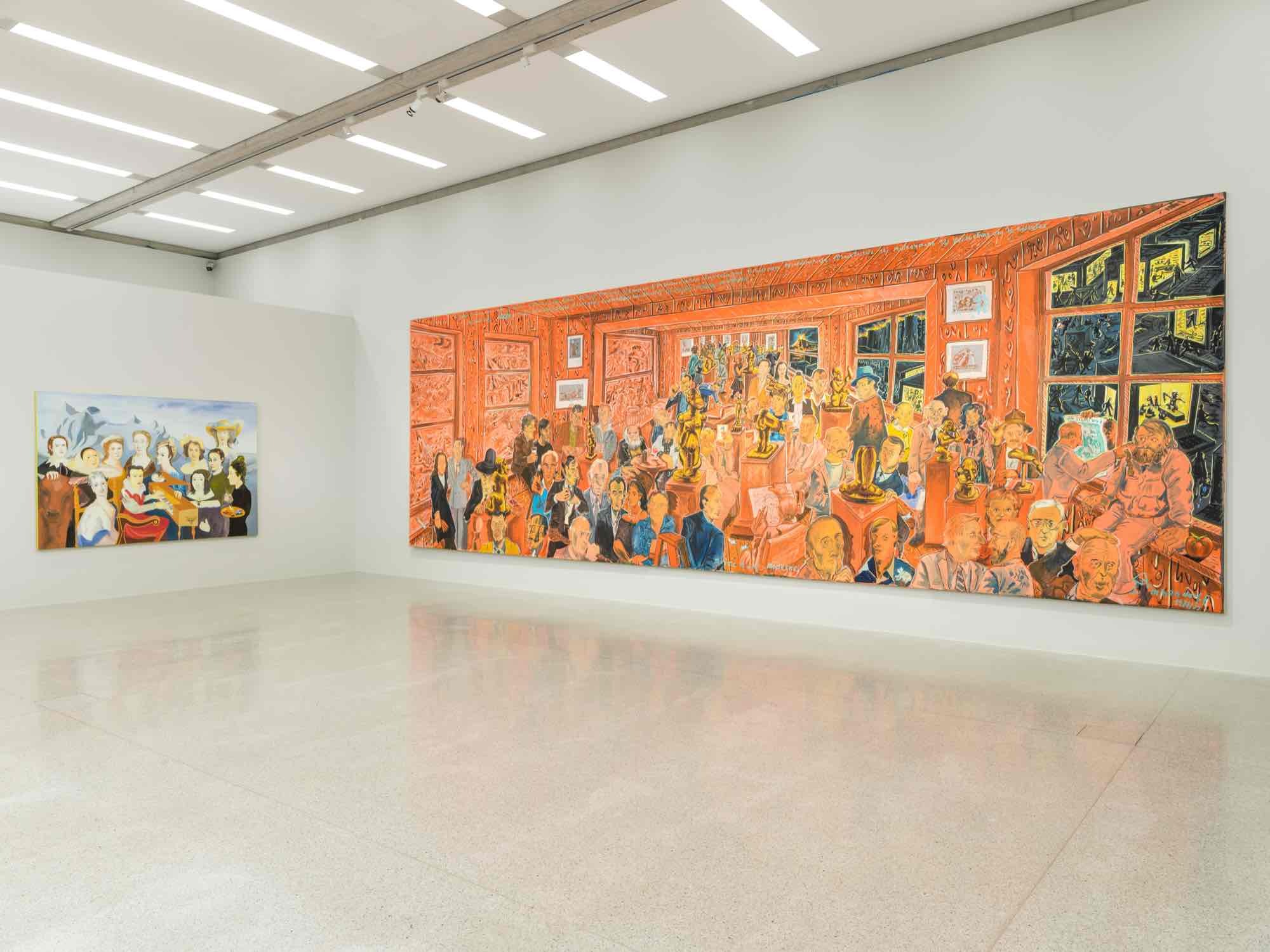
Exhibition view
ON STAGE - All the Art World's a Stage
March 15, 2023 to January 14, 2024
mumok - Museum moderner Kunst Stiftung Ludwig Wien
Photo: Klaus Pichler, © mumok
ON STAGE - All the Art World's a Stage
March 15, 2023 to January 14, 2024
mumok - Museum moderner Kunst Stiftung Ludwig Wien
Photo: Klaus Pichler, © mumok
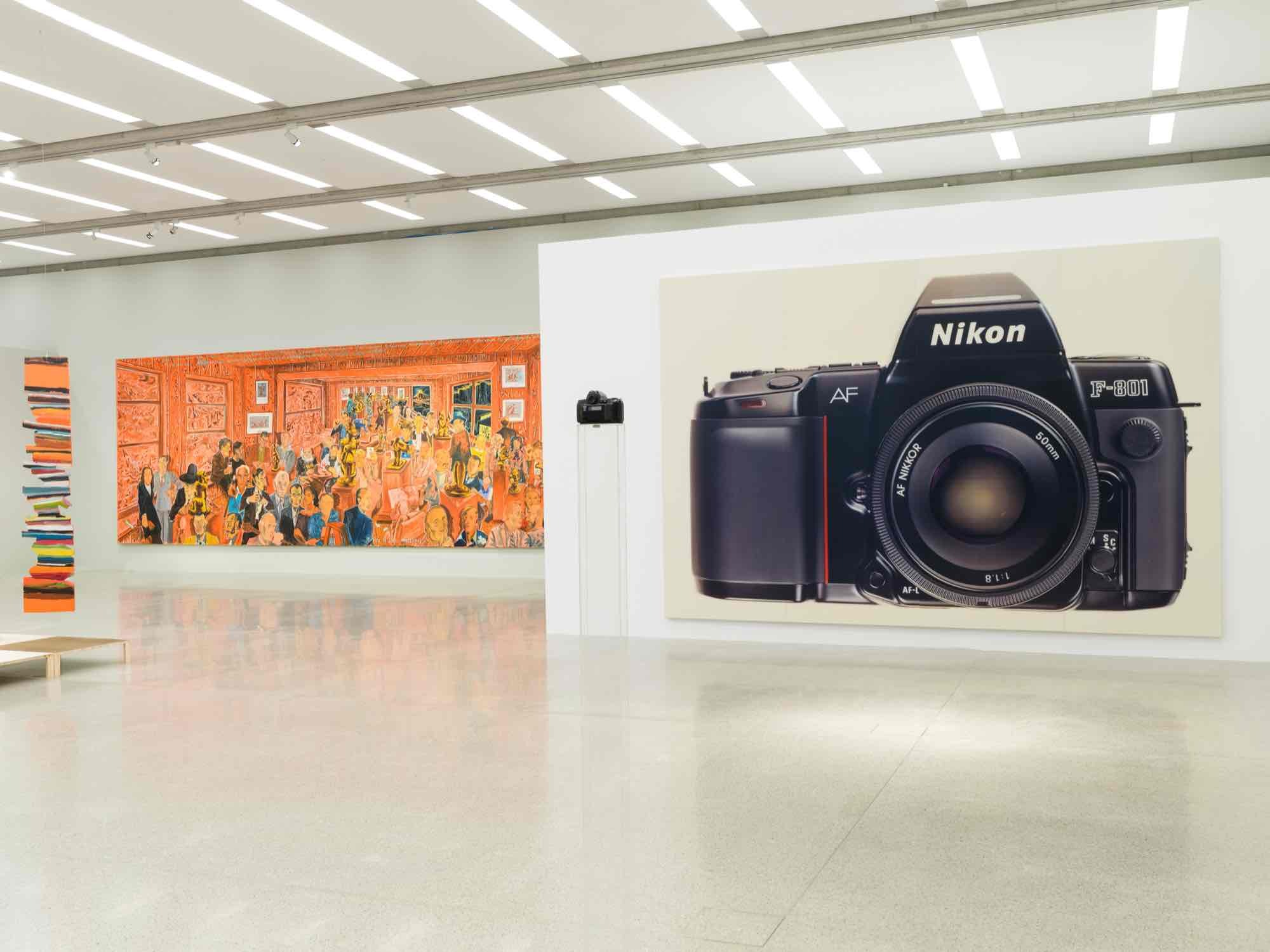
Exhibition view
ON STAGE - All the Art World's a Stage
March 15, 2023 to January 14, 2024
mumok - Museum moderner Kunst Stiftung Ludwig Wien
Photo: Klaus Pichler, © mumok
ON STAGE - All the Art World's a Stage
March 15, 2023 to January 14, 2024
mumok - Museum moderner Kunst Stiftung Ludwig Wien
Photo: Klaus Pichler, © mumok
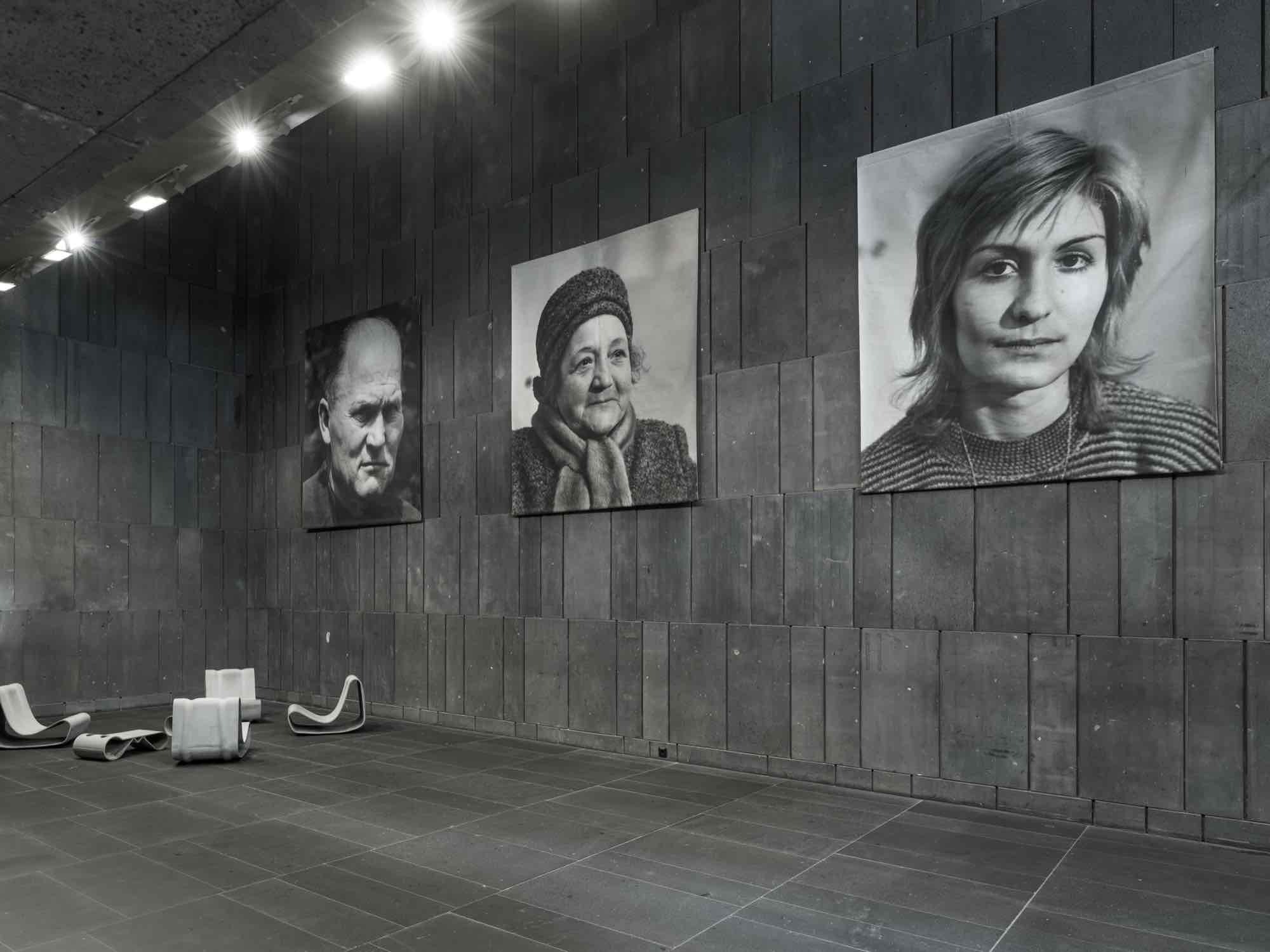
Exhibition view
ON STAGE - All the Art World's a Stage
Braco Dimitrijević, Casual Passers-by I met at ...., 1971
March 15, 2023 to January 14, 2024
mumok - Museum moderner Kunst Stiftung Ludwig Wien
Photo: Klaus Pichler, © mumok
ON STAGE - All the Art World's a Stage
Braco Dimitrijević, Casual Passers-by I met at ...., 1971
March 15, 2023 to January 14, 2024
mumok - Museum moderner Kunst Stiftung Ludwig Wien
Photo: Klaus Pichler, © mumok
Exhibitions in general serve artists and their works as stages for their public presence and existence. The exhibition ON STAGE – All the Art World‘s a Stage shows works from ca. 1960 onward that feature specific depictions of acting and the stage. Most of the 150 works and work series on view are culled from the holdings of the mumok collection.
Hierarchies and Resistance
Deviating from traditional forms of art and theater—and also deliberately running counter to them—new performative artforms emerged, many of them in front of a live audience, in a time of artistic and social upheaval around 1960. Among them were Vienna Actionism, for instance the Orgies Mysteries Theater of Hermann Nitsch, as well as the literary revues of the Vienna Group, which stand firmly in the tradition of Dadaist theater, or the media crossovers of Fluxus. Alongside these male-dominated artforms, a feminist scene established itself that challenged the effects of patriarchal society on gender roles. Artists like VALIE EXPORT, Marina Abramović, Gina Pane, or KwieKulik subjected themselves to procedures, some of which were very painful, or used metaphoric images and actions to probe the interplay of power and helplessness. More recent positions, such as those of Carola Dertnig or the activist group MATHILDA, reference the air of machismo surrounding Vienna Actionism.
Identity Games and Gender Roles
When Cindy Sherman slips into ever-changing social roles to address the fleeting quality, the vicissitudes, and the media-boundness of identity, or when Nan Goldin, Jakob Lena Knebl/Ashley Hans Scheirl, Shadafarin Ghadirian, Sanja Iveković, or Wolfgang Tillmans push against the grain of gender roles, they touch on existential questions in which political and private aspects interweave. The history of how a racist and colonial past has been received in the present becomes visible in works by Destiny Deacon or Kara Walker. Absalon, Tom Burr, Gilbert & George, Bruno Gironcoli, Maria Lassnig, Ingeborg Strobl, or Tobias Pils in turn confront and stage the physical and individual with existential sordidness.
Art Scene and Puppet Theater
A large-format painting by Jörg Immendorff shows artists and art-industry stakeholders from Modernism onward posing for a group portrait, while art history is presented as a process of evaluation. Artists like Anna Artaker, DIE DAMEN, and Katrin Plavčak call attention to social hierarchies and their impact on art-historical presence and absence. Floating images of important figures from the world of politics, science, and philosophy, Anna Boghiguian presents a figure theater that bears witness to revolutionary events and of power and destruction. In a cinematic stage play, Jeroen de Rijke/Willem de Rooij show a situation of upper-class small talk, in which sexual, colonial, and capitalist desires come to the fore.
Viewers as Actors
As art raised awareness of theories of perception as a basis for interpreting and reading art, the role of the viewer has incrementally gained importance as an artistic motif since the 1960s. Numerous works of art serve as a stage for the viewers and their active role in the perception process. Emblematic of this is a mirror work by Michelangelo Pistoletto or Michael Schuster's installation Nikon Autofokusfalle, in which visitors are photographed by an automatic camera and become the subjects of a photograph ready for exhibition. Thomas Struth's photographs also turn museum visitors and their visual experiences in churches and museums into the actual subject of the work.
In Concert
Stage-centered art also includes performative works that turn the spotlight on music in various compositions and types of performance. From works of Viennese Actionism and major Fluxus works by Nam June Paik or Katalin Ladik’s experimental vocal performances, the exhibition spans into the present, with Mathias Poledna's filmic portrayal of a historic sound studio or Cosima von Bonin's stage arrangement referencing the hippie scene and its mood swings from party to breakdown. With Black Bus Stop, Kevin Jerome Everson and Claudrena N. Harold explore the history and cultural identity of African Americans that has been shaped by dance and song in the student milieu.
Casting. Shooting. Screening
Social roles and political conflicts are reflected in works that contain cinematic stagings and castings. Omer Fast's The Casting, for instance, addresses America's role in the Iraq War by way of an interview with a veteran, and at the same time drives home the function of media in our education about history. Rashid Masharawi sheds light on a situation that is precarious in terms of its political and human toll by casting protagonists in his video Waiting and asking them to portray a state of waiting. In her castings of young women, Constanze Ruhm traces the history of Italian feminism and its significance for the present day. Tracey Moffatt references the Western genre and Hollywood melodramas in her photo works to examine social restrictions against Australian Aborigines.
Curated by Rainer Fuchs
Hierarchies and Resistance
Deviating from traditional forms of art and theater—and also deliberately running counter to them—new performative artforms emerged, many of them in front of a live audience, in a time of artistic and social upheaval around 1960. Among them were Vienna Actionism, for instance the Orgies Mysteries Theater of Hermann Nitsch, as well as the literary revues of the Vienna Group, which stand firmly in the tradition of Dadaist theater, or the media crossovers of Fluxus. Alongside these male-dominated artforms, a feminist scene established itself that challenged the effects of patriarchal society on gender roles. Artists like VALIE EXPORT, Marina Abramović, Gina Pane, or KwieKulik subjected themselves to procedures, some of which were very painful, or used metaphoric images and actions to probe the interplay of power and helplessness. More recent positions, such as those of Carola Dertnig or the activist group MATHILDA, reference the air of machismo surrounding Vienna Actionism.
Identity Games and Gender Roles
When Cindy Sherman slips into ever-changing social roles to address the fleeting quality, the vicissitudes, and the media-boundness of identity, or when Nan Goldin, Jakob Lena Knebl/Ashley Hans Scheirl, Shadafarin Ghadirian, Sanja Iveković, or Wolfgang Tillmans push against the grain of gender roles, they touch on existential questions in which political and private aspects interweave. The history of how a racist and colonial past has been received in the present becomes visible in works by Destiny Deacon or Kara Walker. Absalon, Tom Burr, Gilbert & George, Bruno Gironcoli, Maria Lassnig, Ingeborg Strobl, or Tobias Pils in turn confront and stage the physical and individual with existential sordidness.
Art Scene and Puppet Theater
A large-format painting by Jörg Immendorff shows artists and art-industry stakeholders from Modernism onward posing for a group portrait, while art history is presented as a process of evaluation. Artists like Anna Artaker, DIE DAMEN, and Katrin Plavčak call attention to social hierarchies and their impact on art-historical presence and absence. Floating images of important figures from the world of politics, science, and philosophy, Anna Boghiguian presents a figure theater that bears witness to revolutionary events and of power and destruction. In a cinematic stage play, Jeroen de Rijke/Willem de Rooij show a situation of upper-class small talk, in which sexual, colonial, and capitalist desires come to the fore.
Viewers as Actors
As art raised awareness of theories of perception as a basis for interpreting and reading art, the role of the viewer has incrementally gained importance as an artistic motif since the 1960s. Numerous works of art serve as a stage for the viewers and their active role in the perception process. Emblematic of this is a mirror work by Michelangelo Pistoletto or Michael Schuster's installation Nikon Autofokusfalle, in which visitors are photographed by an automatic camera and become the subjects of a photograph ready for exhibition. Thomas Struth's photographs also turn museum visitors and their visual experiences in churches and museums into the actual subject of the work.
In Concert
Stage-centered art also includes performative works that turn the spotlight on music in various compositions and types of performance. From works of Viennese Actionism and major Fluxus works by Nam June Paik or Katalin Ladik’s experimental vocal performances, the exhibition spans into the present, with Mathias Poledna's filmic portrayal of a historic sound studio or Cosima von Bonin's stage arrangement referencing the hippie scene and its mood swings from party to breakdown. With Black Bus Stop, Kevin Jerome Everson and Claudrena N. Harold explore the history and cultural identity of African Americans that has been shaped by dance and song in the student milieu.
Casting. Shooting. Screening
Social roles and political conflicts are reflected in works that contain cinematic stagings and castings. Omer Fast's The Casting, for instance, addresses America's role in the Iraq War by way of an interview with a veteran, and at the same time drives home the function of media in our education about history. Rashid Masharawi sheds light on a situation that is precarious in terms of its political and human toll by casting protagonists in his video Waiting and asking them to portray a state of waiting. In her castings of young women, Constanze Ruhm traces the history of Italian feminism and its significance for the present day. Tracey Moffatt references the Western genre and Hollywood melodramas in her photo works to examine social restrictions against Australian Aborigines.
Curated by Rainer Fuchs
